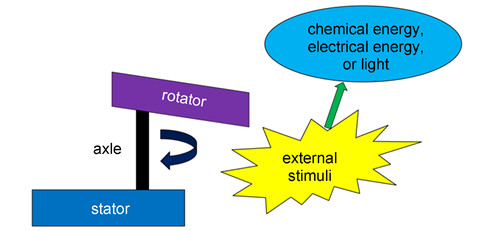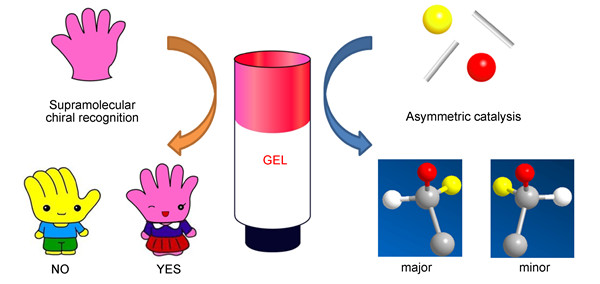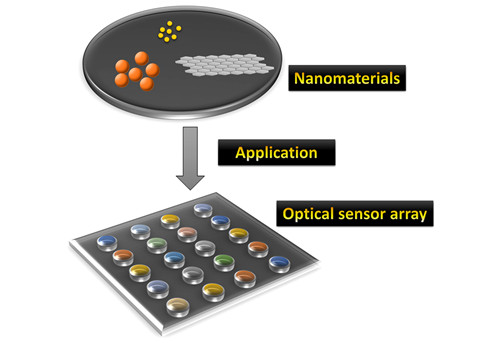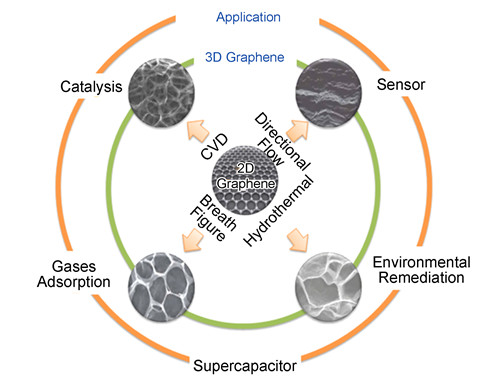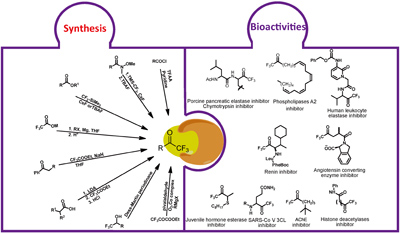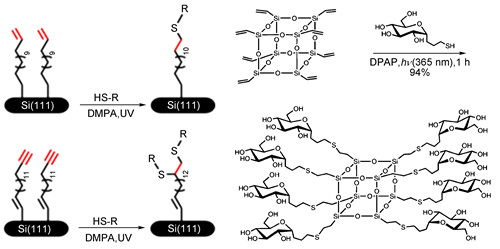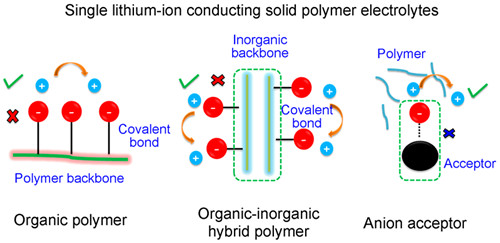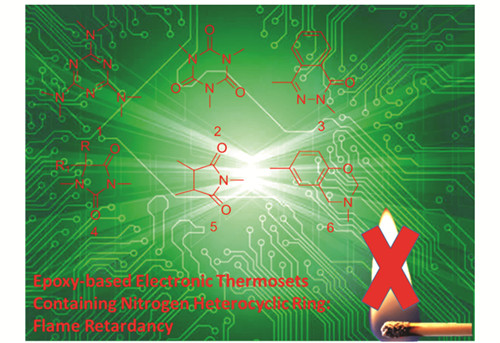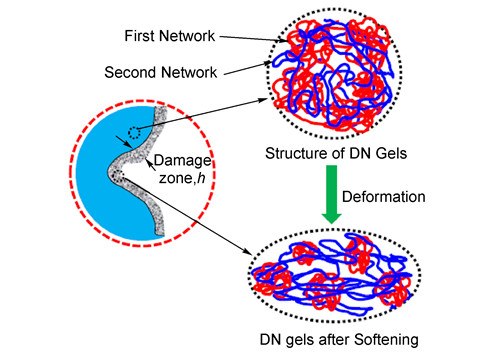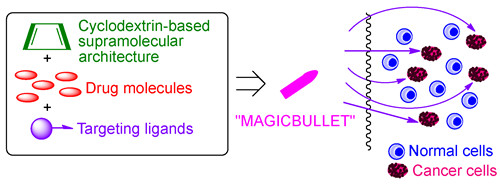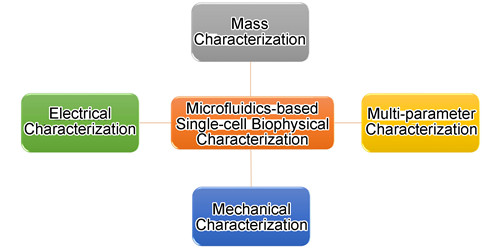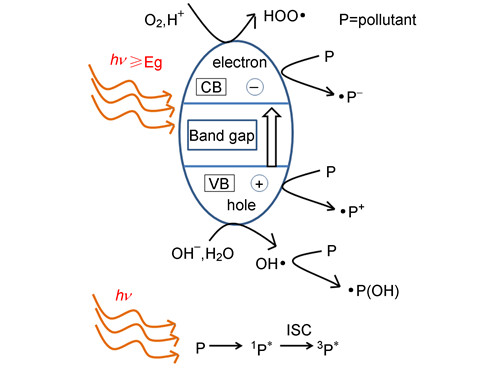Wang Guangxia, Che Yanke, Jiang Hua. Single Molecular Rotary Machine[J]. Progress in Chemistry, 2014, 26(06): 909-918.
The concept of a machine can be extended to the molecular level. A molecular-level machine can be defined as an assembly of molecular components designed to perform mechanical-like movements as a consequence of appropriate external stimuli, such as chemical energy, electrical energy and light. Artificial molecular machines show potential applications in the field of nanotechnology, which attract chemists with great interest. The two basic movements of artificial molecular machines are linear motion and rotary motion. We limit our discussion to the rotary motion and describe the different types of rotary motors in this review. The structure of this rotational molecular machine consists of axis, a rotator and a stator. The rotator winds around the stator through the axis in the way of bidirectional or unidirectional rotation. We describe the designs and dynamic behaviors of single molecular rotary machines in solution, which mainly include molecular gear, motor, molecular turnstile, molecular brake and ratchet.
Contents
1 Introduction
2 Molecular gears
2.1 Bevel gear
2.2 Spur gear
3 Molecular turnstile
4 Molecular brake and ratchet
4.1 Molecular brake
4.2 Molecular ratchet
5 Molecular motor
5.1 Chemical-driven molecular motor
5.2 Light-driven molecular motor
6 Conclusion and outlook1 Introduction
2 Molecular gears
2.1 Bevel gear
2.2 Spur gear
3 Molecular turnstile
4 Molecular brake and ratchet
4.1 Molecular brake
4.2 Molecular ratchet
5 Molecular motor
5.1 Chemical-driven molecular motor
5.2 Light-driven molecular motor
6 Conclusion and outlook1 Introduction
2 Molecular gears
2.1 Bevel gear
2.2 Spur gear
3 Molecular turnstile
4 Molecular brake and ratchet
4.1 Molecular brake
4.2 Molecular ratchet
5 Molecular motor
5.1 Chemical-driven molecular motor
5.2 Light-driven molecular motor
6 Conclusion and outlook









